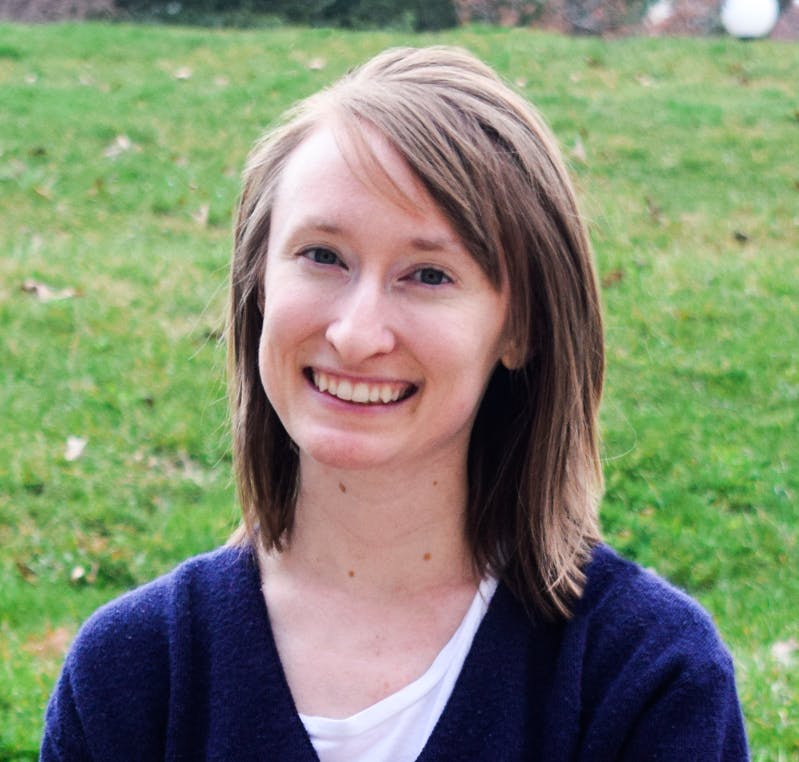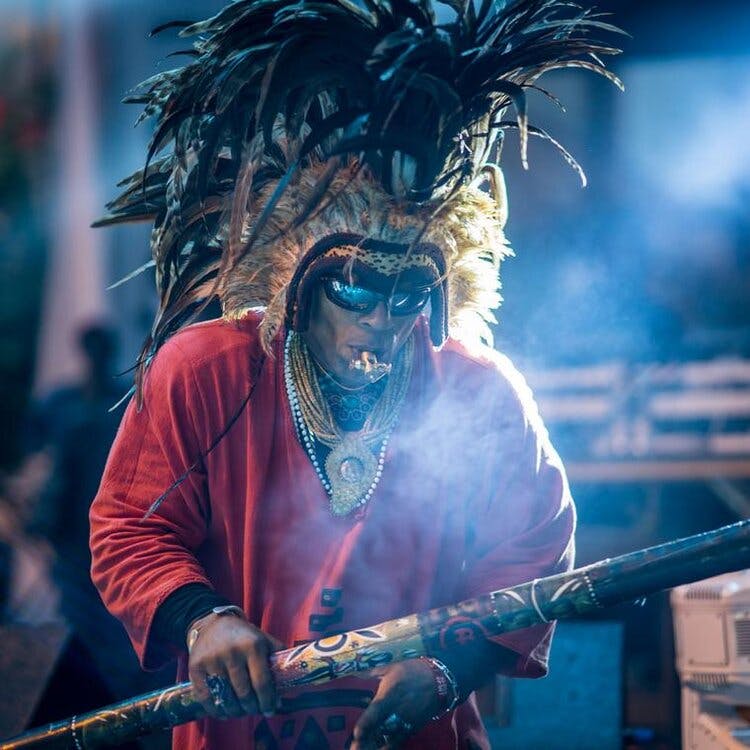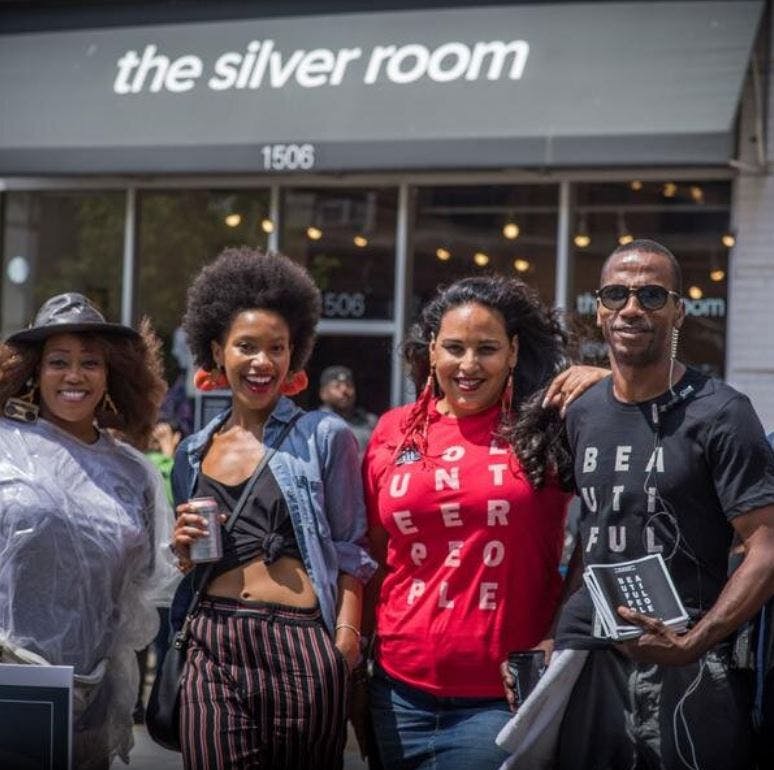Week 1: Planning for Urban Streets Festivals
Consultation has concluded
Planning through Street Festivals
Can festivals be tools for social change? In this interactive session, learn how the logistics and processes of festival planning critically engage the city around arts, culture, and place-making. Eric Williams - the founder and CEO of Silver Room Block Party, a music festival that brings together talented, independent artists - will provide insight into the uniqueness of community festivals and how street festivals relate to nearby institutions and businesses. Eric will share the story of Silver Room Block Party's history, growth, and values. By the end of the session, you will leave with a greater understanding of this iconic festival and apply festival planning concepts in a short analysis for a festival of your choosing.
View a recording of the session here.
About this Page
This is the landing page for our first week on urban street festivals. Please feel free to explore the tools below and to the right of this post to gain a better understanding of what you can look forward to in this session.
- Check out Pre-session Content below to familiarize yourself with relevant resources put together by the sessions leaders. These tools will help you form a foundation for the week's session. Take a look through them before the session on Thursday.
- Let's Talk functions the same as the one found on the FLIP homepage. The only difference is that discussions are catered towards urban street festivals. Give us some insight to your experiences!
- Quick Thoughts functions similarly to the homepage's Get to Know Your Peers. Answer some quick questions about your exposure to urban street festivals - whether you have or haven't gone to one, let us know!
- Session documents can be found to the right. There, you'll find documents that we'll use during the sessions.
- You can find out more about your session leaders under Meet the Team.
- At the end of the week, head on over to Festival Reflection, where you can share festival images and reflections using principles you learned during your session. Fill this out at the end of session to wrap up your first week of FLIP!
Click here to go back to the FLIP homepage.
Festival Reflection
Connect concepts from this session with a specific festival example! Share your insights for all four prompts.
- Choose one of the following:
- a festival photo from your own photo collection
- a drawing of a festival that already exists or a festival you’d like to create
- a festival photo you found online
- Answer the following questions about your festival. You can provide additional information or a narrative if you like.
- Access: Is the festival in a public or private space, or are there elements of both? What are the boundaries of the festival and how are they marked? Is the festival accessible to everyone?
- Connection: Does the festival have a theme? Does the festival have a strong connection to the place it is held in terms of design, culture, language, or food? Does it attract mostly local people or people from out of town?
- Impact: What is the impact of the festival? Who profits financially from the festival? Is any group negatively impacted by the festival?
- Post your photo or drawing along with your answers.
- Look at other submissions and enjoy!















